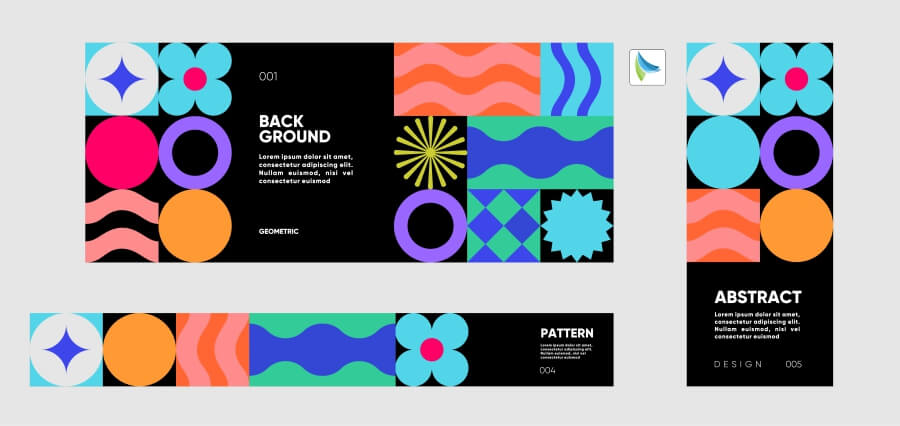In the fast-paced and often complex world of business software, access to fluid, invisible digital experiences have never been more critical. At the heart of this imperative is Interaction Design—the practice of crafting user interactions that are natural, significant, and frugal. To users in the enterprise, who may rely on software tools for hours a day to accomplish critical work, the stakes are high. Good interaction design can make their work easier and faster, while bad design can lead to frustration, errors, and even reduced productivity. In other words, interaction design is not about being pretty, it is about building a connection from strong systems to real human beings.
Learning Interaction Design in the Enterprise Environment
Interaction Design, or simply IxD, involves working on interactive digital products, environments, and systems. In consumer-facing environments, it may focus on emotional engagement and brand appearance-and-feel. In enterprise environments, it is far more utilitarian, but highly strategic.
There, interaction design is less about creating workflows that closely align to business objectives while enabling users to accomplish their tasks with least resistance. These systems are typically multi-user in character, having differing needs, behaviors, and responsibilities of user categories like HR personnel, analysts, project managers, and IT personnel.
Principal Challenges in Enterprise Interaction Design
Enterprise software design involves a unique challenge set compared to consumer application design. One of the biggest challenges is diversity of user roles. A single enterprise product might support dozens of different user personas, each with their own interfaces and functions to be exposed. Enterprise applications also typically manage data-intensive environments where simplicity and data prioritization are crucial.
Legacy integration is a second major issue. Firms can seldom afford a complete replacement of existing systems, and designers must come up with creative ways of keeping experience fresh yet respecting earlier architectures. Adding to this complexity is the need to accommodate industry-specific security and regulatory needs, which must be blended into the interaction design effortlessly without diminishing usability.
A Human-Centered Workflow for Advanced Interaction Design
To effectively address such challenges, enterprise interaction design must be systematic as well as adaptive, taking both empathy for the user and hard-nosed insight into business context. The process of design usually begins with a discovery and research phase, where stakeholders are interacted closely by the designers to gain an insight into organizational goals and current workflows. The methodology includes user interviews, observations, and surveys that help uncover pain points and unmet needs. Through the creation of personas and user journeys, teams are able to chart how people are currently using existing systems and where design interventions can provide the greatest benefit.
Once a defined role for users and tasks is established, the focus shifts towards organizing the content and activities into efficient information architecture. Designers break down complex processes into achievable steps and content is arranged in a systematic manner. This ensures that users can locate the information they need without being confused. Enterprise software may be multi-step processes, and good interaction design makes such processes feel natural rather than clumsy.
The interaction design process itself is concerned with the creation of how users will move through the system. The designers create low-fidelity prototypes and wireframes so that they can view layout and functionality, ensuring each screen will fulfill specific user objectives. Micro interactions those small indicators like buttons, hover states, and animations are also considered, as they will drive the behavior of the users and build trust in the system. These design choices make people feel like they have control, even when doing complicated things. Prototypes are tested early and often so that teams can seize feedback, iterate on flows, and make data-backed decisions. Usability testing at this phase is key to validating assumptions and establishing areas of friction before development.
Innovative Trends in Enterprise Interaction Design
Interaction design is constantly evolving, and enterprise environments are beginning to implement newer, smarter interfaces. The use of AI-based features that anticipate user needs and make cumbersome tasks easier is one of the emerging trends. Natural language interfaces like voice and chat interfaces are gaining popularity, particularly in environments like field service or customer service. Personalization is also on the rise, with interfaces adapting according to behavior, job role, or situation. The changes aren’t about being new—They’re revolutionizing the way enterprise users work and interact with software.
Role-based and responsive dashboards represent another major innovation. Such interfaces have the ability to change dynamically according to a user’s ongoing activity, priorities, or device to enable more focus and productivity. As enterprise users increasingly work across different devices, providing seamless and cohesive interactions across devices is now at the top of design teams’ agendas.
Conclusion
Enterprise software is the foundation of modern business operations, but its true value is only unlocked when users are able to interact with it naturally and effectively. High-end Interaction Design is central to this revolution. Through learning about real user needs, designing workflows for usability, and testing designs against live conditions, teams can create enterprise systems that enable, rather than hinder, productivity. Along the way, they don’t simply make things more usable—they allow people to do their best
Read More: Claude AI: The Next Frontier in Human-Centric Artificial Intelligence












